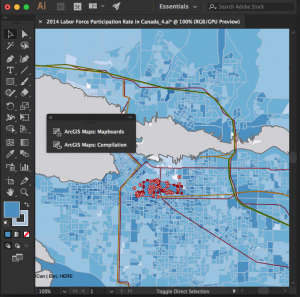
The selected weather station will provide all-weather data, with the exception of the forecasted precipitation. The Buienradar integration will set up separate sensor entities with more detailed weather data.

The camera entity is added disabled by default and should first be enabled before it starts reading the camera images.

The downloaded image is cached to prevent Home Assistant from making a new request to multiple times a minute when Home Assistant checks for new stills from the camera. Internally this component uses the radar map image as documented on. The Netherlands is the default country and can be changed to Belgium (see Options). The overview image of the whole of the Netherlands is loaded and shown as a camera in Home Assistant. The buienradar camera platform uses as a source for the last rain radar map. Then, divide the number of seconds by three and you have figured out the distance to the thunderstorm in kilometers:Įxample: 12 seconds pass between lightning and thunder – 12 seconds divided by 3 equals 4 – that means the thunderstorm is 4 kilometers away.If the above My button doesn’t work, you can also perform the following stepsįrom the configuration menu select: Devices & Services.įrom the list, search and select “Buienradar”.įollow the instruction on screen to complete the set up. Just count the seconds between the lightning and the thunder. If you are aware of this, measuring distance will be a breeze for you. …that is how fast thunder moves towards you. This way, in case of an impact in the immediate vicinity, you offer the smallest surface for the lightning to strike and prevent large voltages from flowing through your body. Ideally, find a dry hollow, crouch down, and encircle your legs with your arms. Power poles are also popular targets for lightning strikes – so you should keep your distance from these as well. If you are outdoors during a thunderstorm, be sure to stay away from trees, hills, lakes, and rivers. The safest place to hide during a thunderstorm is in a house or vehicle. Thus, there is danger even before the thunderstorm is in proximity. Generally, you should seek shelter as quickly as possible at the first sign of thunderstorms since lightning can travel many kilometers. That is the length of the longest lightning ever measured. The thunder is caused by the sudden expansion of the air in the immediate surroundings of the lightning – it can reach temperatures of up to 30,000 degrees Celsius and is only a few centimeters thick! This discharge can occur both by a lightning strike to the ground or to another cloud.

The friction of the water molecules in the cloud creates a high electrical voltage, which is balanced by the discharge of a lightning bolt. The driving engines for a thunderstorm are high solar radiation, water evaporation, and the resulting formation of a cloud (more on cloud formation here). This allows you to locate lightning “live” and in “real-time” yourself. Due to the different arrival times (in the range of milliseconds) of the electromagnetic wave, precise conclusions can be drawn about the impact location and the strength of the lightning. This wave arrives at different radar stations at the speed of light. The measuring technique of the lightning radar makes the decisive contribution here: Each lightning/lightning strike emits an electromagnetic wave that propagates over hundreds of kilometers. The great advantage of our lightning strike map is that thunderstorms and lightning are displayed with a very short delay. Here is what you need to know about thunderstorms and the lightning radar! This way you can see exactly how the thunderstorm has developed over the last hours and minutes and infer where the thunderstorm will move on to. To display the temporal course and direction of the lightning front, simply click on the cursor symbol. Each of these flashes signals a single lightning strike. On the lightning map, you can also see small flashes of lightning, which are indicated by a short, white flash. Blue or green color indicates a relatively weak thunderstorm or weak precipitation.Ĭaution is advised in case of yellow, orange, red, and especially purple coloring:Ī lightning front of this type involves a clear risk of severe weather. The strength of the thunderstorm is measured with the help of precipitation as also with our storm radar. The lightning map shows you current thunderstorms in color.
/cloudfront-us-east-1.images.arcpublishing.com/gray/53XDYNE2BJFMFJYKKDUMG6QTJI.jpg)
#Local cloud map how to#
Tracking the current lightning front – How to read the lightning map: Depending on the strength, the precipitation is displayed in blue (weak precipitation), green, yellow, orange (moderate precipitation), red, or purple (very heavy precipitation). Thunderstorms and lightning strikes are indicated by a lightning symbol.


 0 kommentar(er)
0 kommentar(er)
